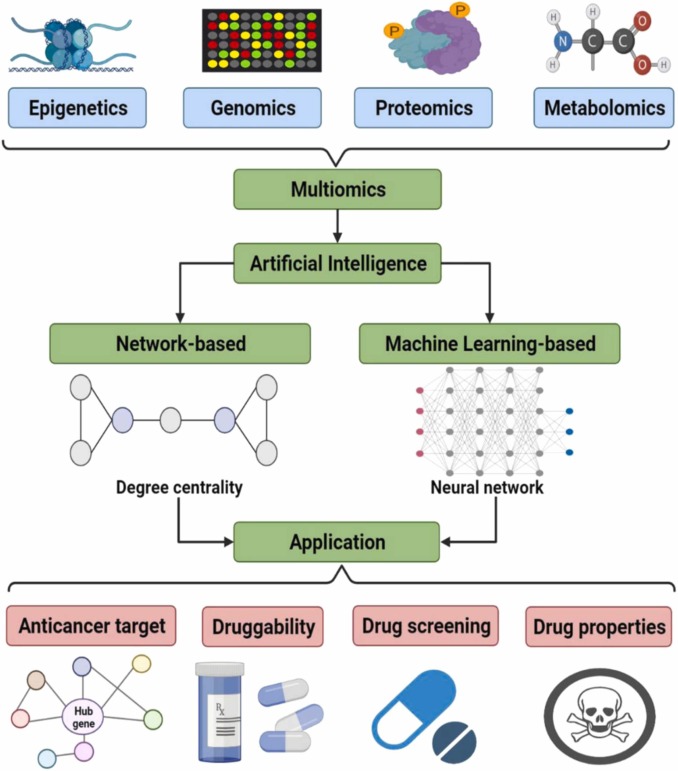
Title: React-OT: An Innovative AI Model Transforming Transition State Prediction in Chemistry
An innovative computational resource known as React-OT is set to revolutionize the realm of computational chemistry. Crafted by Yuanqi Du from Cornell University, Chenru Duan from the Massachusetts Institute of Technology, and Guan-Horng Liu from the Georgia Institute of Technology, React-OT utilizes advanced artificial intelligence to forecast chemical reaction transition states with remarkable speed and accuracy.
Referred to as the “Mount Everest of molecular reactions,” transition states are fleeting and challenging configurations that occur briefly as reactants convert into products. Yuanqi Du explains, “Think of a chemical reaction as traversing a landscape of mountains and valleys. The transition state is a saddle point – the lowest position on a high ridge between two valleys. Locating it is difficult due to its instability.”
Grasping these elusive transition states is essential, as they dictate both the mechanisms and rates of reactions. However, conventional computational techniques to identify them are highly time-consuming and resource-intensive, often necessitating thousands of energy and force evaluations over several hours or even days.
A Leap in AI-Enhanced Chemistry
React-OT signifies a major shift in chemists’ methods of predicting transition states. Building upon the research group’s earlier model, OA-ReactDiff, React-OT employs an advanced AI framework known as a diffusion model—frequently utilized in image creation—augmented with a principle from mathematical physics: optimal transport.
In contrast to earlier models that rely on stochastic simulations, React-OT initiates from a chemically-informed assumption—a linear interpolation between reactants and products—and deterministically alters this assumption into a probable transition state. This informed baseline diminishes computational demands and enhances reliability. “We no longer commence with random noise and wish for a favorable outcome. We start from a well-structured assumption and refine it optimally,” Liu clarifies.
A Model of Precision and Efficiency
React-OT underwent comprehensive testing on a benchmark dataset of over 10,000 organic reactions, each containing full information on reactants, transition states, and products. The model achieved state-of-the-art accuracy in forecasting transition state geometries and was up to 1000 times quicker than traditional quantum chemistry techniques. A single prediction was completed in under a second—an accomplishment that typically required minutes to hours with first-principles calculations.
Encouraged by its success with benchmark data, the researchers further advanced the model by applying it to a real-world chemical challenge: the decomposition of γ-ketohydroperoxide, a complex multi-step reaction network. React-OT not only maintained its performance but excelled, showcasing its potential in practical chemistry applications.
Expert Evaluations and Wider Implications
React-OT’s capabilities have impressed specialists in the domain. Timothy Jenkins from the Technical University of Denmark, who was not part of the research, remarked: “Where alternative methods may require minutes to hours per molecule, React-OT accomplishes it in under a second. That’s remarkable.”
Equally astonished, Kari Laasonen of Aalto University emphasized the significance of React-OT’s extensive training dataset and acknowledged its potential use in more intricate systems like multi-step reactions and even protein folding. “It will be fascinating to observe how React-OT performs in a larger chemical context,” he stated.
From Screening to Exploration
Beyond its technical attributes, React-OT signifies a conceptual shift in computational chemistry. Conventional approaches begin with exhaustive screening, whereas React-OT facilitates exploratory reaction design. “Through generative AI, we’re moving from mere screening to actively designing chemical reactions,” declares Duan.
This shift may foster improved drug design, enhanced catalysts, and novel materials by enabling chemists to not only simulate known chemical landscapes but also to envision and construct new reactions.
Looking Ahead
While presently concentrating on transition state prediction, React-OT’s core principles—melding domain-specific heuristics with effective generative AI—could extend to various molecular sciences. From conformational adjustments in biological macromolecules to the design of synthetic enzymes, the methodology provides a framework for AI-driven scientific exploration.
In a discipline long characterized by slow, resource-intensive approaches, React-OT heralds a future where precise atomic-level predictions are made not only more swiftly but also more intelligently—paving the way for a new era of chemical breakthroughs fueled by artificial intelligence.
Sources:
– Yuanqi Du – Cornell University
– Chenru Duan – Massachusetts Institute of Technology
– Guan-Horng Liu – Georgia Institute of Technology
– Timothy Jenkins – Technical University of Denmark
– Kari Laasonen – Aalto University
– Original publication of OA-ReactDiff (Nature Computational Science, 2023)
Key Takeaways:
– React-OT predicts chemical transition states with leading accuracy in under a second.
– The model incorporates diffusion-oriented generative AI refined with optimal transport methods.
– React-OT begins with chemically informed assumptions, setting it apart from stochastic models.
– The tool has shown success in both benchmark datasets and real-world situations.